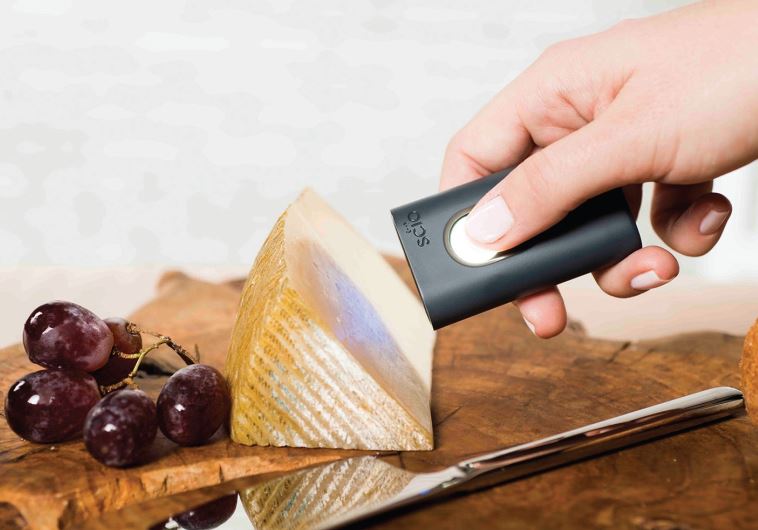Made in Israel: The little sensor that could
With the introduction of SCiO, Sharon believes the last gap in the zero-information- gap society will be bridged.
 ConsumerPhysics' SCiO device scanning cheese(photo credit: CONSUMERPHYSICS)Updated: Read More
ConsumerPhysics' SCiO device scanning cheese(photo credit: CONSUMERPHYSICS)Updated: Read More